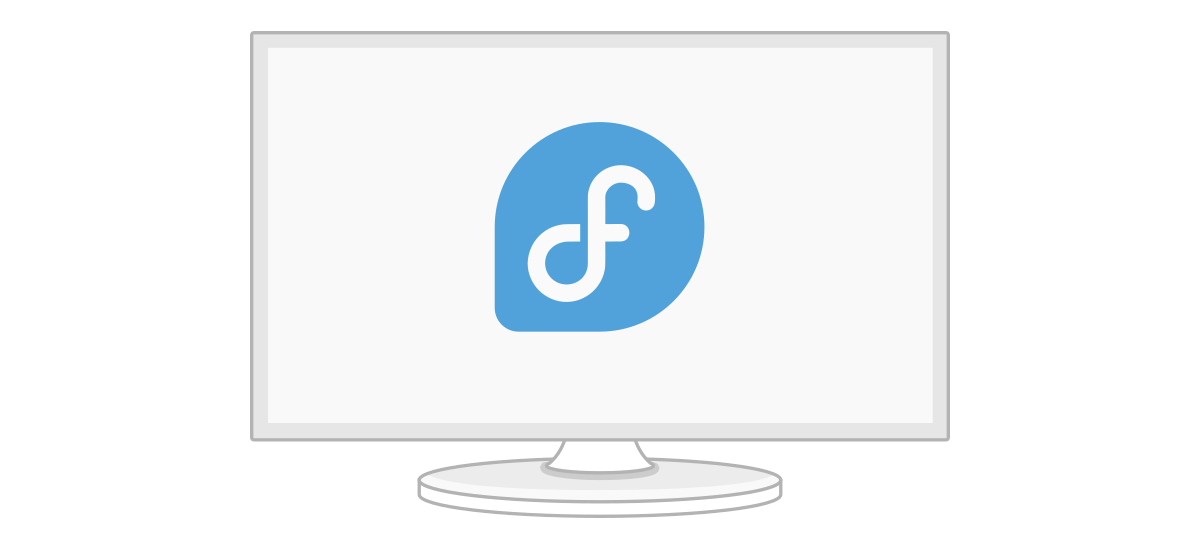Gnome 47: A Leap Towards User-Friendly Linux
September 20, 2024, 3:44 am

Location: United Kingdom, England, City of Westminster
Employees: 1001-5000
Founded date: 2004
The world of Linux is vast and varied, much like a sprawling forest. Within this forest, Gnome stands as a prominent tree, providing shade and comfort to many users. With the release of Gnome 47, codenamed "Denver," this tree has grown taller and more inviting. The latest version, launched on September 18, 2024, brings a host of enhancements aimed at making the Linux desktop experience more intuitive and customizable.
Gnome 47 is not just an update; it’s a transformation. Imagine stepping into a room where the walls can change color at your command. This is the essence of Gnome 47’s new color customization feature. Users can now select their preferred color palette, which applies uniformly across the operating system and installed applications. This seamless integration of personal style makes the desktop feel more like home.
But the improvements don’t stop at aesthetics. Gnome 47 is designed with usability in mind. The interface has been optimized for small screens, ensuring that icons are neither too tiny nor overwhelming. This adjustment is crucial for users on laptops or mobile devices, where screen real estate is limited. The icons now scale appropriately, enhancing visibility and interaction.
Performance is another cornerstone of Gnome 47. The new version supports hardware encoding for screen recording on systems equipped with AMD or Intel GPUs. This means users can capture their screens without the system slowing down. It’s like having a high-speed train that doesn’t lose momentum, even when carrying heavy loads.
Remote desktop functionality has also seen significant upgrades. Gnome 47 introduces persistent login sessions, allowing users to reconnect seamlessly if their connection drops. This feature is a lifeline for those who rely on remote access for work or personal projects. It’s like a safety net, ensuring that users can pick up right where they left off.
The settings menu has expanded, offering more options for personalization. Users can now activate windows by hovering over them, manage power settings more effectively, and visualize keyboard layouts. These enhancements empower users to tailor their experience to their needs, making the desktop feel more responsive and intuitive.
The default web browser, Web, has received a facelift as well. It now features automatic form filling and a new favorites sidebar. This streamlining of tasks is akin to having a personal assistant who anticipates your needs, making browsing smoother and more efficient.
Gnome 47 also revitalizes the calendar application. With over 50 bug fixes and a friendlier design, scheduling becomes less of a chore and more of a breeze. The new interface is designed to enhance usability, ensuring that users can manage their time effectively without unnecessary complications.
Installation of Gnome 47 is straightforward for seasoned users, but newcomers may find it daunting. It’s advisable to wait for updates from popular distributions like Fedora and Ubuntu, which will incorporate Gnome 47 in their upcoming releases. Ubuntu 24.10, set to launch next month, will feature this new environment, making it accessible to a broader audience.
The technical enhancements in Gnome 47 are noteworthy. The introduction of the Wayland DRM protocol improves VR handling, while the Vulkan renderer in GTK 4.16 enhances graphics performance. These updates are vital for developers and users who demand high performance from their systems. It’s like upgrading from a bicycle to a sports car—suddenly, everything feels faster and more responsive.
Accessibility has not been overlooked. Gnome 47 introduces features that cater to users with disabilities, such as window activation by mouse hover. This attention to inclusivity ensures that everyone can enjoy the benefits of the new environment.
The collection of applications in Gnome Circle has also expanded, adding new tools that enhance productivity and creativity. This growth reflects the community’s commitment to providing users with a rich ecosystem of software options.
As Gnome continues to evolve, it remains a beacon for Linux users. Gnome 47 is a testament to the project’s dedication to improving user experience. The blend of aesthetic enhancements, performance upgrades, and user-friendly features makes this release a significant milestone.
In conclusion, Gnome 47 is more than just a software update; it’s a step towards a more personalized and efficient Linux experience. With its vibrant customization options, enhanced performance, and thoughtful design, Gnome 47 invites users to explore the depths of their creativity and productivity. It’s a new dawn for Linux desktops, where every user can find their unique path in the expansive forest of technology.
Gnome 47 is not just an update; it’s a transformation. Imagine stepping into a room where the walls can change color at your command. This is the essence of Gnome 47’s new color customization feature. Users can now select their preferred color palette, which applies uniformly across the operating system and installed applications. This seamless integration of personal style makes the desktop feel more like home.
But the improvements don’t stop at aesthetics. Gnome 47 is designed with usability in mind. The interface has been optimized for small screens, ensuring that icons are neither too tiny nor overwhelming. This adjustment is crucial for users on laptops or mobile devices, where screen real estate is limited. The icons now scale appropriately, enhancing visibility and interaction.
Performance is another cornerstone of Gnome 47. The new version supports hardware encoding for screen recording on systems equipped with AMD or Intel GPUs. This means users can capture their screens without the system slowing down. It’s like having a high-speed train that doesn’t lose momentum, even when carrying heavy loads.
Remote desktop functionality has also seen significant upgrades. Gnome 47 introduces persistent login sessions, allowing users to reconnect seamlessly if their connection drops. This feature is a lifeline for those who rely on remote access for work or personal projects. It’s like a safety net, ensuring that users can pick up right where they left off.
The settings menu has expanded, offering more options for personalization. Users can now activate windows by hovering over them, manage power settings more effectively, and visualize keyboard layouts. These enhancements empower users to tailor their experience to their needs, making the desktop feel more responsive and intuitive.
The default web browser, Web, has received a facelift as well. It now features automatic form filling and a new favorites sidebar. This streamlining of tasks is akin to having a personal assistant who anticipates your needs, making browsing smoother and more efficient.
Gnome 47 also revitalizes the calendar application. With over 50 bug fixes and a friendlier design, scheduling becomes less of a chore and more of a breeze. The new interface is designed to enhance usability, ensuring that users can manage their time effectively without unnecessary complications.
Installation of Gnome 47 is straightforward for seasoned users, but newcomers may find it daunting. It’s advisable to wait for updates from popular distributions like Fedora and Ubuntu, which will incorporate Gnome 47 in their upcoming releases. Ubuntu 24.10, set to launch next month, will feature this new environment, making it accessible to a broader audience.
The technical enhancements in Gnome 47 are noteworthy. The introduction of the Wayland DRM protocol improves VR handling, while the Vulkan renderer in GTK 4.16 enhances graphics performance. These updates are vital for developers and users who demand high performance from their systems. It’s like upgrading from a bicycle to a sports car—suddenly, everything feels faster and more responsive.
Accessibility has not been overlooked. Gnome 47 introduces features that cater to users with disabilities, such as window activation by mouse hover. This attention to inclusivity ensures that everyone can enjoy the benefits of the new environment.
The collection of applications in Gnome Circle has also expanded, adding new tools that enhance productivity and creativity. This growth reflects the community’s commitment to providing users with a rich ecosystem of software options.
As Gnome continues to evolve, it remains a beacon for Linux users. Gnome 47 is a testament to the project’s dedication to improving user experience. The blend of aesthetic enhancements, performance upgrades, and user-friendly features makes this release a significant milestone.
In conclusion, Gnome 47 is more than just a software update; it’s a step towards a more personalized and efficient Linux experience. With its vibrant customization options, enhanced performance, and thoughtful design, Gnome 47 invites users to explore the depths of their creativity and productivity. It’s a new dawn for Linux desktops, where every user can find their unique path in the expansive forest of technology.


